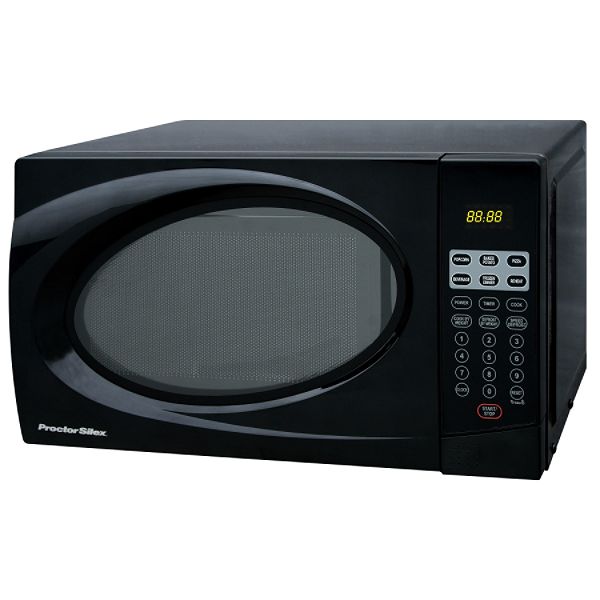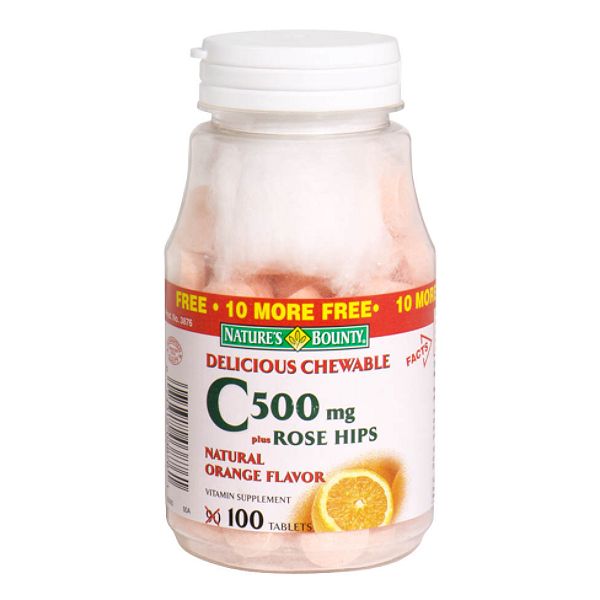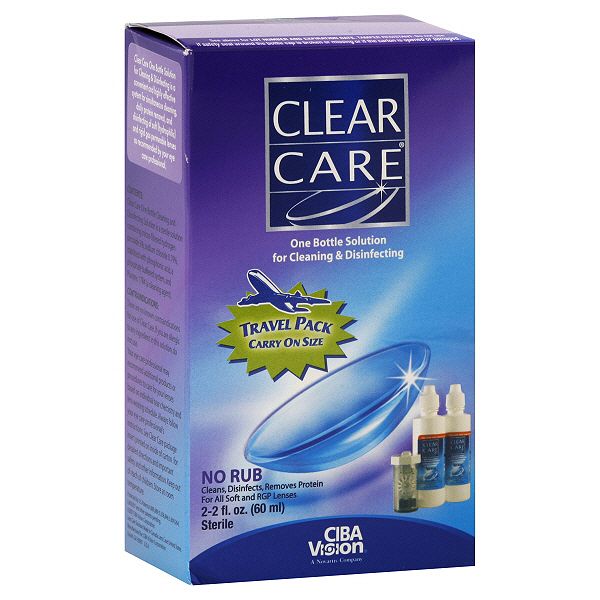Hello,
My name is Al, and I hold a background in the biological sciences. I obtained a major that examined the interaction between psychology and biology, and went the full distance in pre-med courses. My younger brother, also nicknamed Al, is currently finishing a degree in chemical engineering.
We decided to host a blog that reviews products from a more scientific perspective. There's a wealth of products that we use everyday, but we don't quite understand the science behind them. Often times, this can cause direct problems for us or prevent us from using them to their fullest potential. Microwaves, lens cleaner solutions, vitamins, even bottled water have dimensions that everyday users aren't quite aware of. The point of this blog is to discuss the particularities of products and give a fuller perspective of what goes on when you use them.
Because this blog discusses different scientific aspects of products to a "laypersons" audience, we cannot guarantee the scientific accuracy of anything posted, or at least to the point where either of us can assume responsibility for any potential mishaps that occur from any application of the ideas discussed on the blog. Therefore, your use of this blog does not and cannot hold the authors liable (legal or otherwise) for any consequences. By using this blog, and the information contain it, you agree to not hold its authors responsible for any problems, difficulties, liabilities, damages, resulting from your usage of this material. We will, of course, try our best to be accurate and precise.
On the subject of the cartoons here: I have no problem with people using the cartoons, unless they're making money off of it. Otherwise, you can share them, put them up on your website, etc., just as long as you give this blog the credit. So for example, link back to this blog if you decide to put them up on your website.
Also, this blog uses advertisements to generate revenue, and, like all ad programs on blogs, clicking data will be collected by advertisers (inc. Google) anonymously. No product/service advertised is necessarily sponsored nor supported by us.
Well, now that our disclaimer is out of the way, please enjoy the blog!


















